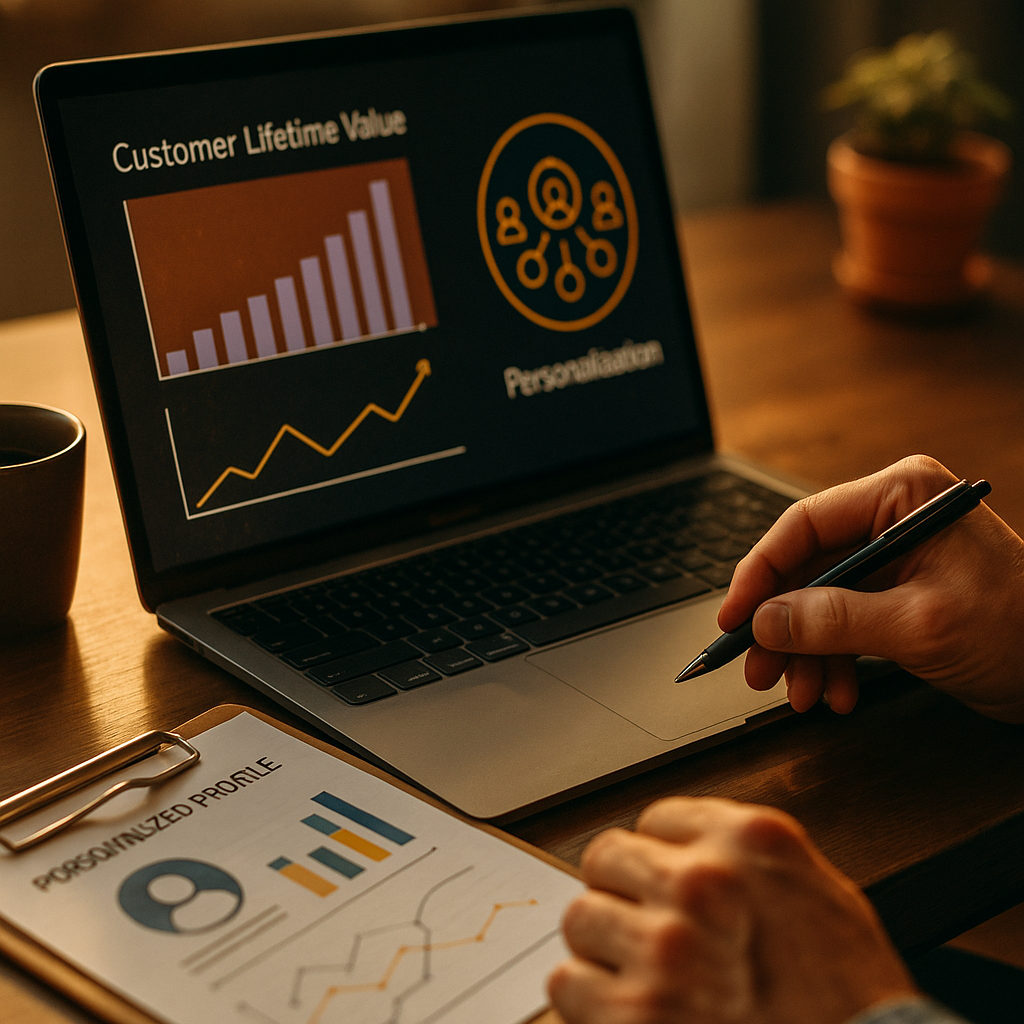Building a successful business doesn’t stop at gaining new customers. The real challenge is keeping them engaged over time. Learning how to develop a customer retention strategy that increases customer lifetime value can transform your profitability and brand reputation. In this guide, you’ll discover EEAT-driven, actionable steps to help you create meaningful long-term relationships with your customers.
Understand Customer Lifetime Value for Profitable Growth
Customer lifetime value (CLV) is a key metric that estimates the total revenue your business can expect from a single customer over their entire relationship with your brand. According to a 2025 Gartner report, companies that increase their CLV by just 10% experience a 25% boost in overall profitability. By understanding CLV, you can prioritize high-value segments, allocate marketing resources wisely, and tailor your retention efforts for maximum return. Analyze past buying patterns, average purchase frequency, and churn rates to calculate your baseline CLV and identify areas for improvement.
Map the Customer Journey for Insightful Engagement
No effective customer retention strategy exists without a clear view of the customer journey touchpoints. Mapping the full experience—from first contact through repeat purchases—reveals critical moments where customers decide whether to stay loyal or churn. For instance, a 2025 Forbes survey revealed that 66% of consumers switch brands after a single poor experience. Identify these potential pain points by:
- Conducting post-purchase surveys and interviews
- Analyzing support ticket data for recurring issues
- Tracking customer behavior with analytics tools
This deep dive helps you preemptively address frustrations and create a journey that encourages long-term commitment.
Leverage Personalization Techniques to Boost Retention
Personalization is essential for standing out in a saturated market. Customers want tailored experiences that reflect their preferences, past purchases, and behaviors. A McKinsey report from early 2025 states that businesses using advanced personalization see retention rates climb by up to 18%. You can achieve this by:
- Segmenting email campaigns based on purchase history
- Offering dynamic product recommendations
- Customizing loyalty program rewards based on individual activity
Ensure your personalization strategies respect privacy by being transparent about data collection and offering easy opt-outs. When customers feel valued as individuals, their loyalty deepens.
Create Value with a Customer Loyalty Program
Establishing a customer loyalty program is a cornerstone tactic for enhancing retention and lifetime value. These programs incentivize repeat purchases and nurture emotional connections with your brand. Successful loyalty initiatives offer:
- Tiered rewards that increase with engagement
- Exclusive member offers and early access to new products
- Surprise bonuses for milestones like birthdays or anniversaries
Data from a Statista analysis in 2025 indicates that members of robust loyalty programs spend 32% more annually than non-members. Design your program for simplicity and transparency so that customers quickly grasp its benefits and can easily participate.
Implement Proactive Customer Support for Long-Term Satisfaction
Excellent customer support isn’t just reactive—it’s proactive. According to Zendesk’s 2025 Customer Trends Report, 72% of customers expect brands to anticipate their needs and resolve issues before they arise. These proactive measures might include:
- AI-driven alerts when it’s time to reorder consumables
- Automated follow-up messages post-purchase
- Offering self-service resources for common queries
Proactive support reduces friction and builds trust. Empower your frontline teams with the knowledge, tools, and authority to solve problems swiftly and create memorable, positive experiences for your customers.
Measure and Optimize Your Retention Strategy Continuously
Continuous improvement ensures your customer retention strategy remains effective as markets evolve. Set KPIs around key metrics like churn rate, average order value, and customer satisfaction (CSAT) scores. Use A/B testing to refine retention tactics, and regularly review feedback from both satisfied and dissatisfied customers. Stay agile—successful companies in 2025 iterate quickly to address new trends, competitor moves, and changes in consumer expectations. Regular optimization is not just beneficial—it’s essential to maintaining growth and increasing customer lifetime value.
In conclusion, developing a customer retention strategy that increases customer lifetime value requires in-depth knowledge of your customers, strategic personalization, rewarding loyalty programs, proactive support, and relentless optimization. Focus on building authentic, long-term relationships, and your business will thrive with loyal, high-value customers in 2025 and beyond.
FAQs: Customer Retention Strategy and Lifetime Value
-
What is customer lifetime value, and why is it important?
Customer lifetime value (CLV) is the total revenue a business expects from a single customer throughout their relationship. It helps businesses focus resources on profitable segments, optimize retention strategies, and increase overall profitability.
-
How can I map my customer journey?
Start by identifying all interactions customers have with your brand, gather feedback via surveys, analyze analytics data, and look for moments customers drop off or repeat purchases. This reveals opportunities to enhance engagement and loyalty.
-
What are the most effective retention tactics?
Top tactics include personalized communications, strong loyalty and rewards programs, proactive support, and continuous optimization based on customer feedback and data-driven insights.
-
How do loyalty programs increase customer lifetime value?
Loyalty programs incentivize repeat purchases by offering rewards, exclusive benefits, and recognition, encouraging customers to engage more deeply over time and increasing their total spend with your business.
-
How often should I review and refine my retention strategy?
You should review your retention metrics and strategies at least quarterly in 2025, or more frequently if your business is growing rapidly or your market is changing significantly.
